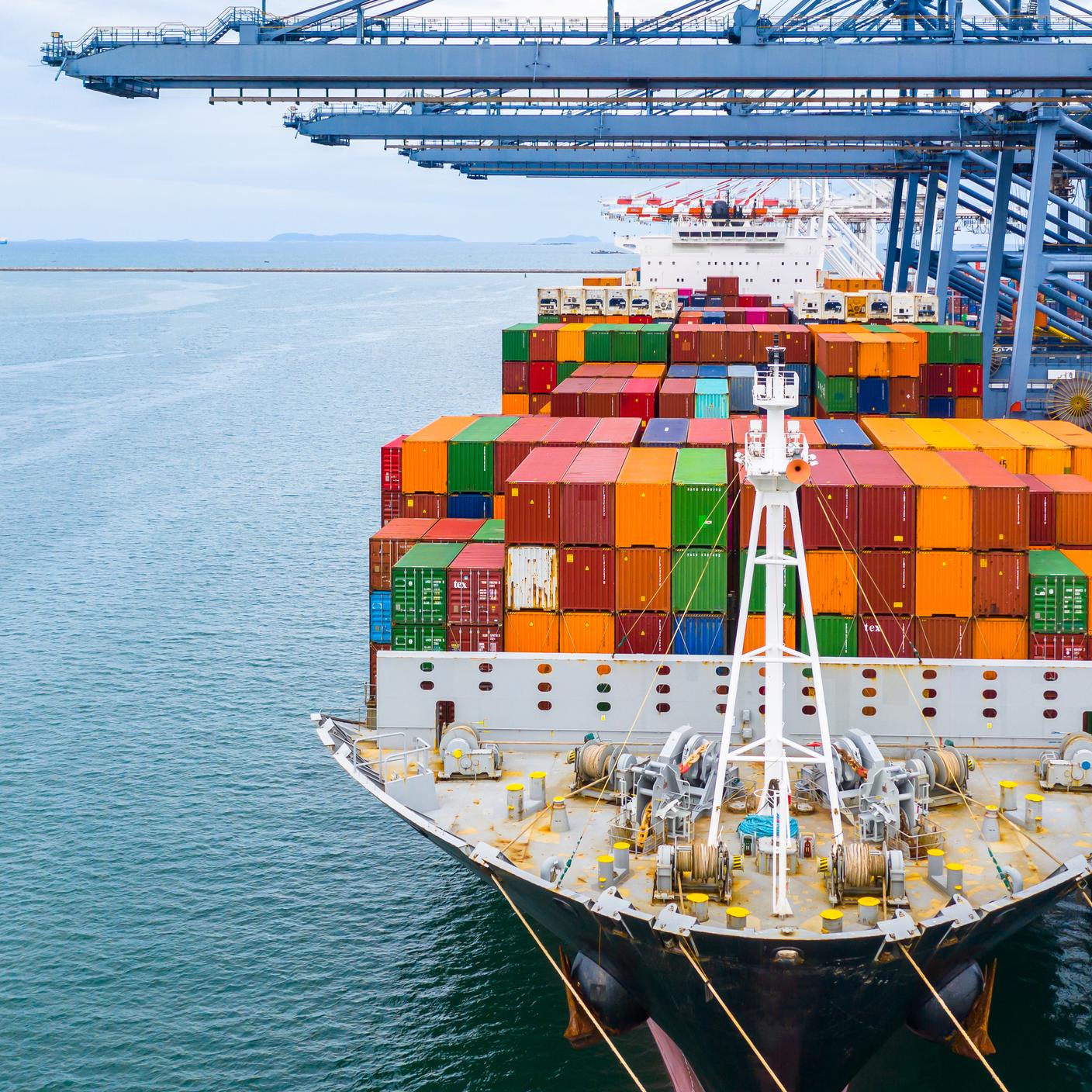As global supply chain security continues to be a critical concern for companies worldwide, the US Customs and Border Protection (CBP) continues to evolve the Customs-Trade Partnership Against Terrorism (CTPAT), in an effort to combat disruption events and mitigate risks. This voluntary initiative is designed to enhance the security of supply chains for participating organizations.
In the fifth segment of our CTPAT series, Maintaining and improving CTPAT compliance, we emphasize the significance of adhering to the program's guidelines and revalidation process, including guidance on how to prepare for a revalidation, what to anticipate and the recommended practices that companies should implement to attain Tier III status.
Here in part six, we wrap up our series with best practices and cover some of the strategies that successful participants have used to enhance supply chain security and streamline operations.
Organizations that follow the below strategies will not only stay in compliance with the CTPAT program but also be better positioned to prevent future disruptions:
- A critical first step in enhancing supply chain security is conducting supply chain risk assessments. This involves identifying potential security threats and vulnerabilities in the supply chain and developing a plan to address them. Risk assessments should be conducted regularly and include input from all supply chain partners as the scope and makeup of company supply chains can change rapidly.
- Successful CTPAT participants have implemented robust security protocols, including access controls, physical security measures, and transportation security across their sites. These protocols should be documented and communicated to all supply chain partners to ensure consistency.
- Organizations should provide regular security training to employees and supply chain partners to ensure everyone understands the importance of supply chain security and knows how to identify and report potential security threats. Specialized training should be given to those who are loading and unloading conveyance so they can recognize tampering. This training should be customized to the organization's specific needs and be provided in a variety of formats to ensure that everyone understands the information.
- Monitoring and reporting security incidents is crucial to maintaining supply chain security. Organizations should have procedures in place to quickly identify and report any security incidents and work with supply chain partners to address them promptly.
- Organizations should conduct regular security audits to identify potential vulnerabilities and ensure that supply chain partners are complying with the program's guidelines. These audits should be conducted by experienced professionals and include input from all supply chain partners.
- Engaging with supply chain partners is essential to improving supply chain security and ensures everyone is aware of the program's requirements. Communication and collaboration are fundamental to achieving a secure supply chain.
- Successful CTPAT participants continuously improve their supply chain security practices by implementing new technologies and best practices. Organizations should stay up to date on industry developments and be willing to adapt their practices to stay ahead of potential threats.
Read the entire CTPAT series as BSI’s Security & Resilience experts address all aspects of the agreement from basics to best practices:
- What is CTPAT and what are its benefits
- CTPAT security guidelines: Protecting the global supply chain
- CTPAT risk assessment: Why it matters
- CTPAT training
- Maintaining and improving CTPAT compliance
Also read our Supply Chain Risk Insights Report series as Tony Pelli weighs in on the benefits of supplier diversification to reduce risks within your supply chain.
For more BSI insights on other EHS and Digital Trust topics, visit our Experts Corner. For real-time updates on top supply chain issues, register for BSI’s Connect SCREEN tool; this platform provides daily analysis on the latest and most relevant global supply chain trends.








